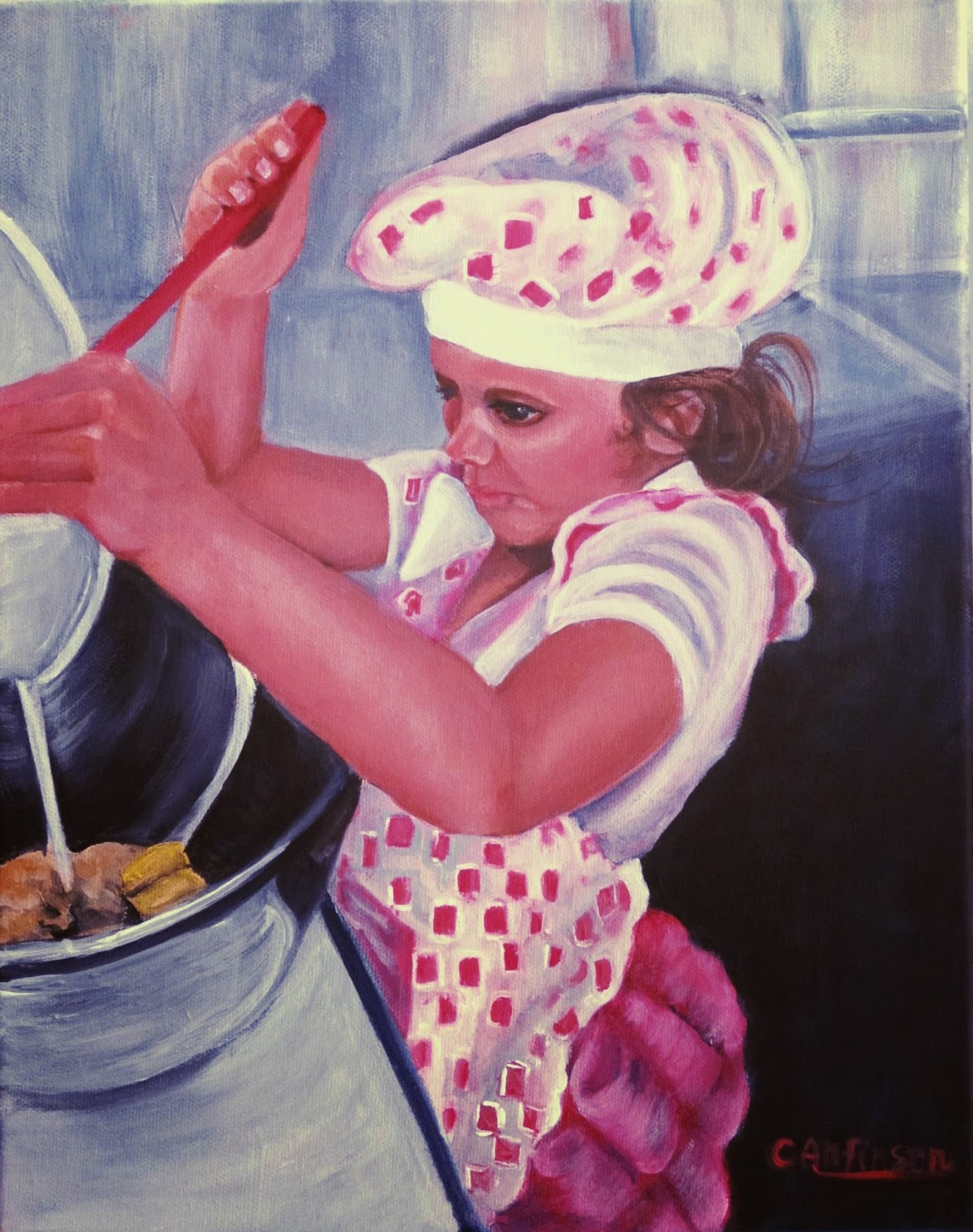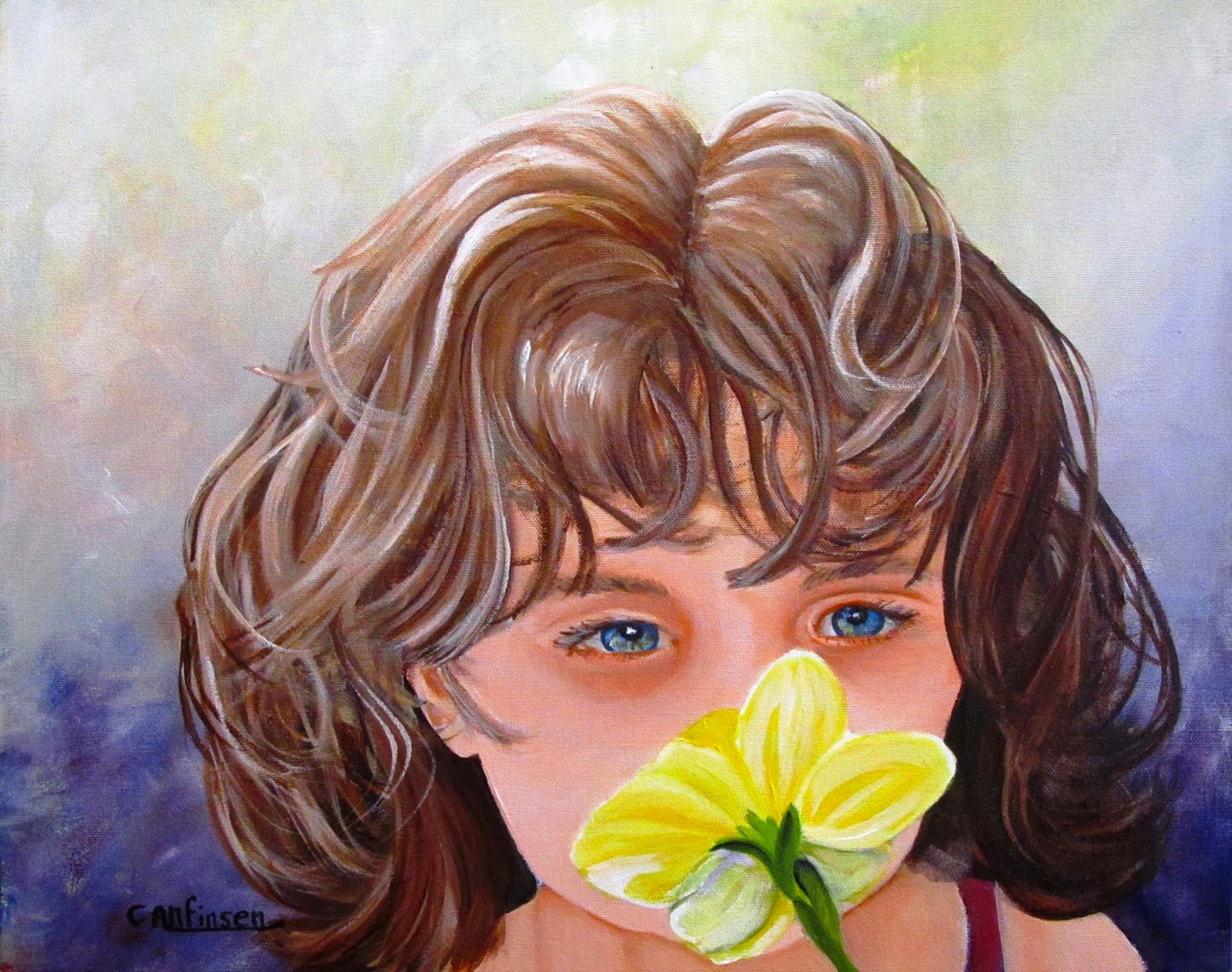What inspires you these
days: A book or an author; a famous sports figure or an actor; a remarkable
hero, a friend, an unusual painting?
Nature inspires me; the
miracle of seed, growth, and transformation into something extraordinary,
edible, nutritious or just plain beautiful. Whatever causes you to pause, to
contemplate, or to turn your head may be the beginning of a great idea.
From the book “Transform: Dramatically Improve Your Career, Business, Relationships, and Life . . . One Simple Step at a Time," the author, Jeff Haden wrote: “In the dictionary ‘idea’ is a noun. Idea really should be a verb
because an idea is not real until you turn your inspiration into action.”
How many opportunities
have you missed because you failed to act on your ideas? Sometimes it boils
down to laziness or an unwillingness to put in the needed effort.
 |
| (These seeds inspire me. The inside is exquisite!) |
I heard Mark Cuban say
on the CNBC show “Shark Tank,” “If you’re not willing to work 24/7 to build your business,
you won’t make it.”
How motivated are you to
succeed? What pushes your buttons? For some it’s money, pure and simple. For
others it’s a need to feel important or to be involved in a cause bigger than
themselves. Family is an important reason for many; the drive to keep the
family afloat and to provide every opportunity for their children.
Self-fulfillment and
satisfaction is a great motivator for a large segment of the population.
Creating something out of nothing or turning a basic idea into something
meaningful is just as important as any monetary gratification.
 |
| (I gather up a few of these each year, just so I can watch them open and unfold.) |
In the March Better
Homes and Gardens this quote caught my eye:
“Inspiration is everywhere – Add a touch of fabulous!”
Making your own life “fabulous”
or someone else’s is pretty high on my list of perks. My husband gave me these
lovely roses for Valentine’s Day. I love roses, especially red ones. I
photographed them because I also love to paint them for practice. I don’t sell
many paintings of roses, but painting them has given me experience in shading,
shape, subtle changes in value and delicate brushwork. Roses inspire me to
paint.
So do People. The
landscape of the figure, the detail in the face and hands inspire me to improve
my skill. Right now I’m juggling the differences between oil and acrylic and
how dramatically their unique features demand color and application changes.
With acrylics, skin
color goes on darker and the brush strokes bolder. With oils, it is possible to
portray silky smoothness and seamless movement from one color to the next. I
switched from oils to acrylics not by desire, but for health reasons. I’m never
completely satisfied with the look of acrylic portraits. It’s an acquired
taste, and an expert development of skill that makes all the difference.
 |
| (This painting has an acrylic underpainting and was finished in oils.) |
You can achieve an
almost oil-like appearance with acrylics, but it requires many layers of paint
to achieve. Patience is the key. Once you have reached the look you desire,
leave that area and go onto the next. Overworking can ruin that just put-down freshness
that enlivens a canvas.
 |
| (This painting was done in acrylics. The smooth skin is a result of subtle color changes and layering.) |
Passion defines those
who are inspired and those who are not. Don’t paint something just because you
know you can do it. Pour into your paintings only those scenes or images that
you are passionate about. Because you love what you are doing, others will
fall in love with the result.
Life is like that, too.
Fall in love with your life by being passionate about what you do. If the
people you are around drag you down and make you sad – choose different
friends. Don’t get involved in causes that are nothing more than “busy work.” Without the passion and the drive, you’ll end
up feeling overworked and frustrated. Love what you do, and do what you love!
 |
| (I would love to paint this half-opened bud!) |






.jpg)
.jpg)

.jpg)






.jpg)

.jpg)
.jpg)

.jpg)



